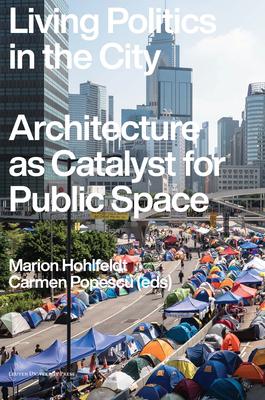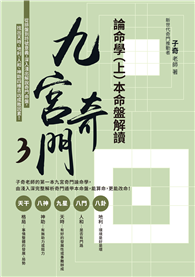Public space and performativity from the perspective of architecture
In recent decades, architecture has been seen as a field of practice that contributes greatly to the performativity of public space. In spite of the explosion of virtual communities through social media and the limitations imposed by pandemics, architecture today still holds an active role in (literally) building our societies. Bearing in mind its acute politicisation in past years, Living Politics in the City looks at public space from the perspective of architecture and its effective contribution, not as a prop but as an actual catalyst for embodying politics. The essays gathered here span five continents, activating various disciplinary approaches to architecture and examining it in different contexts: from a Palestinian refugee camp to the most vibrant urban axis in Sao Paolo, from the numerous city squares around the world crowded with rebellious populations, to the proximal politics of housing in Australia.
Contributors: Endriana Audisho (University of Technology Sydney), Maja Babic (Charles University ), Alexandra Biehler (Ecole Nationale Supérieure d’Architecture de Marseille), Tracey Bowen (University of Toronto Mississauga), Etienne Delprat (Rennes 2 University), Angelique Edmonds (University of South Australia), Claudia Faraone (IUAV Venice School of Architecture, ETICity), Caterina Frisone (Oxford Brookes University), Catherine Grout (ENSAPL Lille), Pavel Kunysz (University of Liège), Flavia Marcello (Swinburne University of Technology), Eric Le Coguiec (University of Liège), Tova Lubinsky (University of Technology Sydney), Giovanna Muzzi (IUAV Venice School of Architecture, ETICity), Can Onaner (Ecole Nationale Supérieure d’Architecture de Bretagne), Shadi Saleh (KU Leuven), Frédéric Sotinel (Ecole Nationale Supérieure d’Architecture de Bretagne), Daniel Talesnik (University of Cambridge), (Karolina Wilczynska (Adam Mickiewicz University), Ian Woodcock (Swinburne University of Technology)
This publication is GPRC-labeled (Guaranteed Peer-Reviewed Content).
This book will be made open access within three years of publication thanks to Path to Open, a program developed in partnership between JSTOR, the American Council of Learned Societies (ACLS), University of Michigan Press, and The University of North Carolina Press to bring about equitable access and impact for the entire scholarly community, including authors, researchers, libraries, and university presses around the world. Learn more at https: //about.jstor.org/path-to-open/

 看圖書介紹
看圖書介紹










